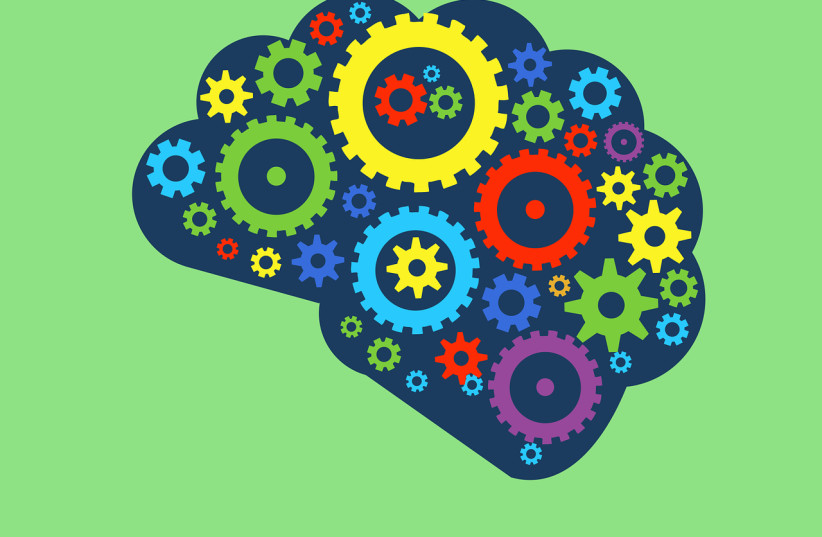Autism can be classified into different subtypes based on behavior and brain activity, with scientists now identifying four of them, according to a recent study.
The findings of this study were published in the peer-reviewed academic journal Nature Neuroscience.
Conducted by researchers from Cornell University's medical school Weill Cornell Medicine, the study utilized machine learning and neuroimaging data to study brain activity linked with behavioral traits in autistic people and neurotypical people.
Autism: It's a spectrum
For many years, autism was classified as a number of different diagnoses.
Essentially, it was a broad label used to refer to a number of what were considered to be neurodevelopmental disorders such as Asperger's syndrome, Kanner syndrome and pervasive developmental disorder not otherwise specified. However, the later DSM-5 and ICD-11 diagnostic models reformatted this to what is now known as autism spectrum disorder.

Autism is often misconstrued by some as being a mental disorder, but this isn't actually the case. Rather, it is a neurological condition. That means that it tends to result in physical and observable differences in the brain.
In addition, despite what some say about different potential causes of autism, such as vaccines or genetic factors, the fact is that there is no clear understanding of what causes autism and the vaccine claim has been thoroughly debunked.
This misunderstanding is further fueled by another misunderstanding, that there is an autism epidemic due to rising diagnoses. This isn't true though – there is now just a better understanding of autism to better diagnose it.
There is also a tendency to say that autism is something that needs to be cured. This is also a very controversial topic and is taken as offensive by many experts and autistic people. Rather, autism has become more and more understood as a disability and part of neurodiversity. Rather than seeking cures, what is now suggested is accommodation, in line with the social model of disability.
However, it is important to note that not everyone who has autism is the same. Autism is a spectrum, and it can manifest in a varied number of ways and symptoms with different levels of needed support and functionality.
Some high-functioning autistic people are able to more or less live perfectly normal lives while those who are lower functioning need significantly more support.
In other words, the level of support and accommodation autistic people need can vary. However, on the outside, it may be difficult to ascertain who needs what kind of support and how to classify it all.
That is where this study comes in.
The Cornell researchers took advantage of machine learning to analyze neuroimaging data from 299 autistic people and 907 neurotypical people.
They then worked to link brain activity with certain behavioral traits associated with autism and established patterns.
They then tried to replicate these patterns and figure out aspects behind it, such as regional gene expression and interactions with certain proteins.
What this ultimately resulted in was the classification of four autism subgroups.
The first two subgroups were noted for displaying high levels of verbal intelligence. One of them, however, displayed severe social communication issues while having fewer repetitive behaviors, while the opposite was true with the other one.
The second set of subgroups had severe social communication issues and repetitive behaviors, but with just average verbal intelligence.
These two seemed similar at first, but there were key differences. Notably, one of them had stronger connectivity between visual and salience networks – that is to say, the part of the brain that detects and filters salient stimuli, meaning something that stands out and which plays a key role in communication and self-awareness through understanding sensory and emotional information.
By contrast, the other subgroup had distinctly weaker connectivity in this regard.
By linking it to biological factors, the study was also able to open the door to the possibility of finding ways to support people based on their specific needs.
But this is just the start, as while the study did classify four autism subgroups, it did not limit the autism spectrum to just those four. Rather, it is highly likely that there are a wide number of other subgroups available. By finding out more, it may pave the way for proper and thorough tailor-made support plans.
